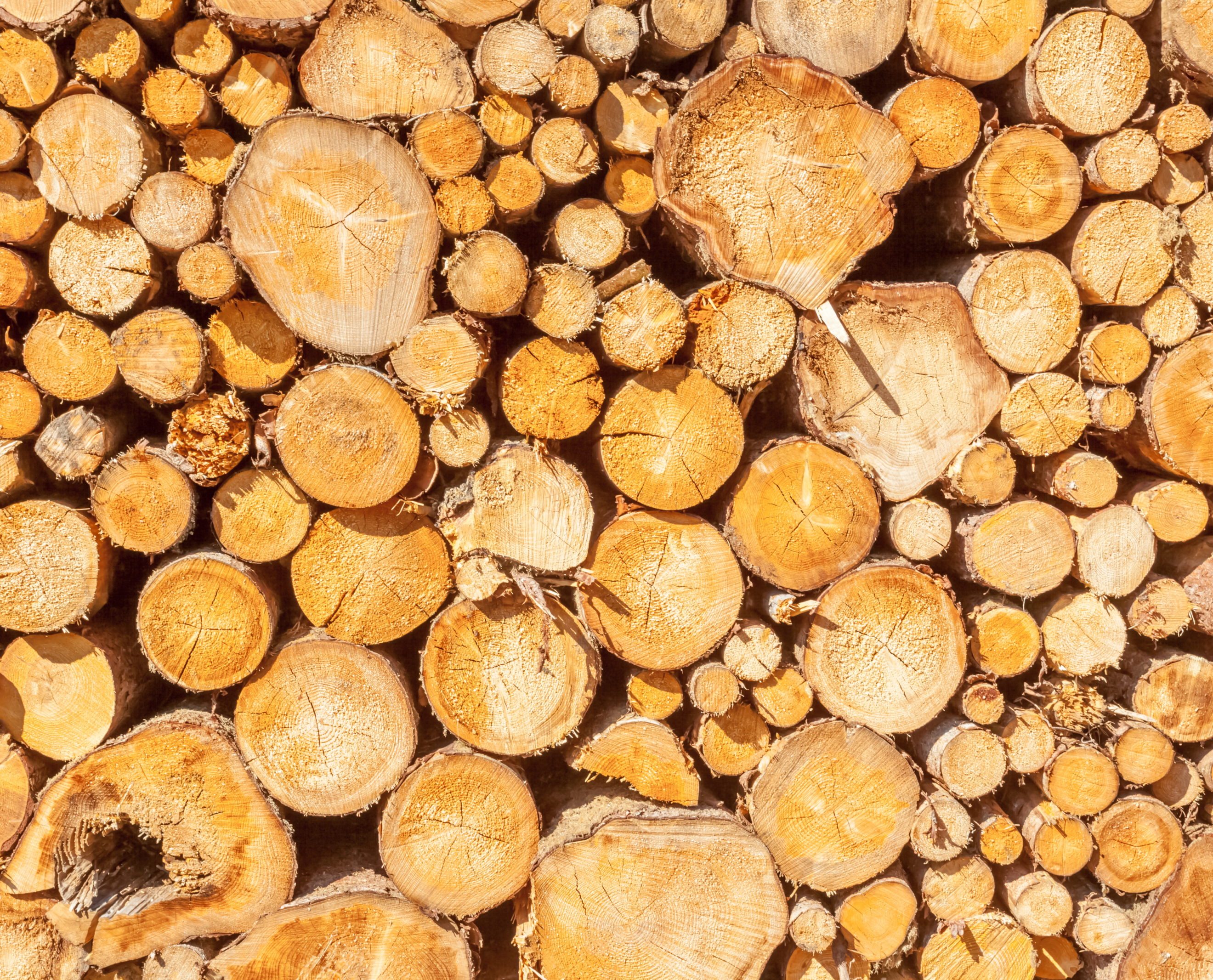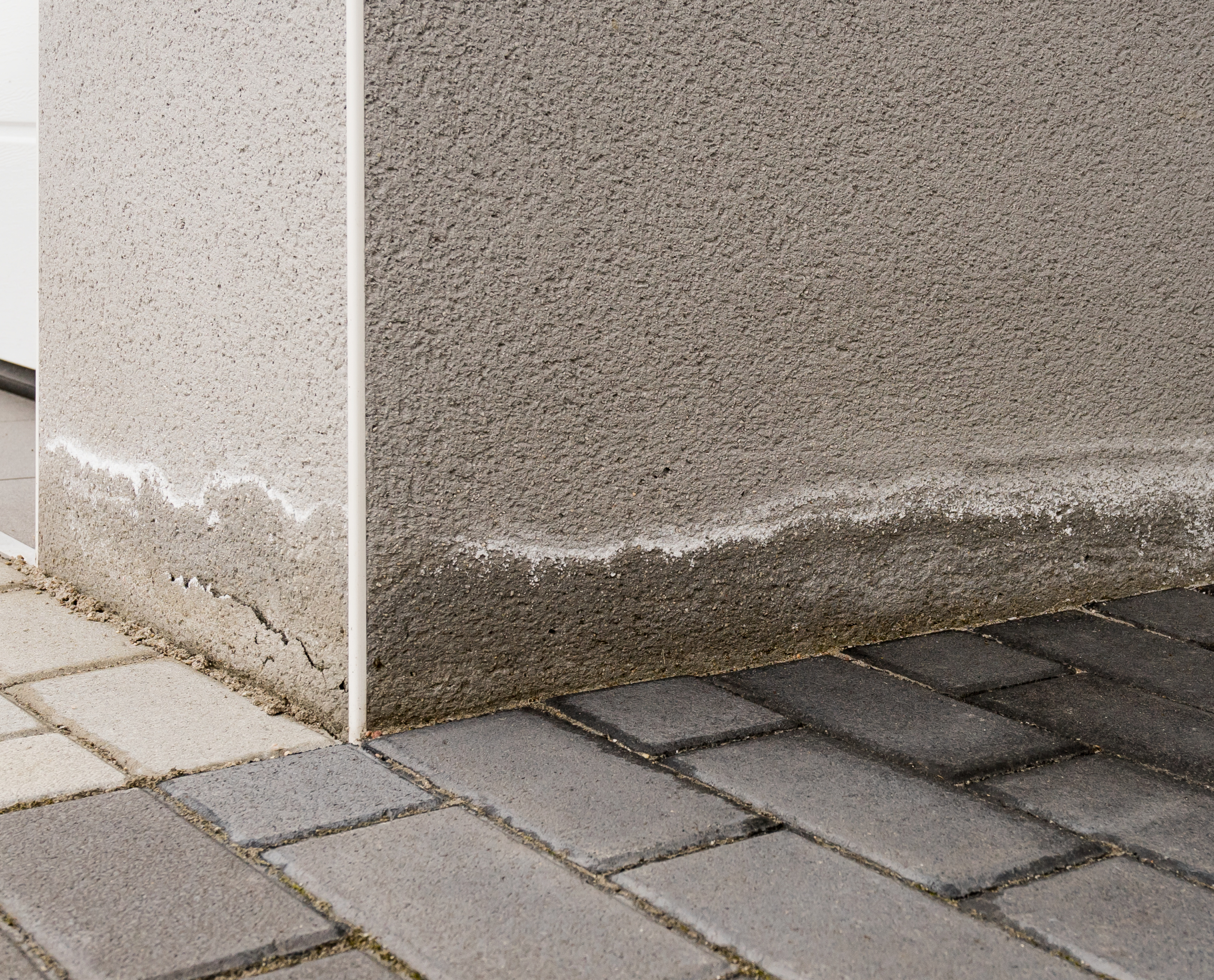Treating wood before construction

An ecological, natural and environmentally-friendly building material, wood can be used in an infinite number of ways to build all kinds of structures: timber frames, timber-framed houses, house extensions (side extensions or raised ceilings), timber decking, and so on.
But wood is also a living material that requires preventive treatments to improve its durability and solidity, in particular to protect it from wood parasites (wood-eating and wood-eating larvae insects and lignivorous fungi), humidity and greying.
Why treat wood before use?
From cutting wood in a sawmill to using it in a building, it is important to treat wood before using it to optimise its lifespan.
Degradation factors for wood
Wood is not only subject to the vagaries of time, but also to various factors that cause its slow and irrevocable degradation. That’s why it’s essential to treat the wood before use. These are the factors that cause wood to deteriorate:
- wood-eating insects (termites) and insects with wood-eating larvae (house beetles, beetles, lyctus, skipper beetles, etc.) dig galleries in the wood to feed on it: they are often only detected in the second generation when the first has already dug its flight holes
- wood-rotting fungi (mérule, polypore des caves) feed on the wood on which they develop if it is poorly ventilated and subject to regular dampness
- moisture rising from the ground by capillary action or due to repeated bad weather and frost, which causes the wood to swell until it splits
- heat and UV rays, which cause interior or exterior wood to shrink, grey or yellow (particularly on cladding and deck boards)
- pollution, which causes wood to tarnish.
Preventive treatment
Preventive treatment is used to prevent the risk of wood deterioration, upstream of construction: treatment by soaking the cut wood in a liquid solution, treatment by applying wood preservatives.
AXIL formulas for preventive wood treatment
To meet the needs of woodworking professionals and manufacturers, Groupe Berkem has developed the AXIL range. This is a range of preventive products for treating wood effectively in an environmentally-friendly way.
AXILformulas are therefore the perfect allies for the long-term protection of wood materials before they are used. These preventive products are designed to protect timber against the vagaries of the weather (sun, damp, frost, pollution) and against parasites and fungi. The AXIL range also includes finishing products for maintaining and decorating wood.
How to use :
They can be used by soaking, spraying or autoclaving, and provide long-term protection for natural wood indoors or outdoors. For example, it is ideally suited to timber frame structures, decking and wooden cladding.




